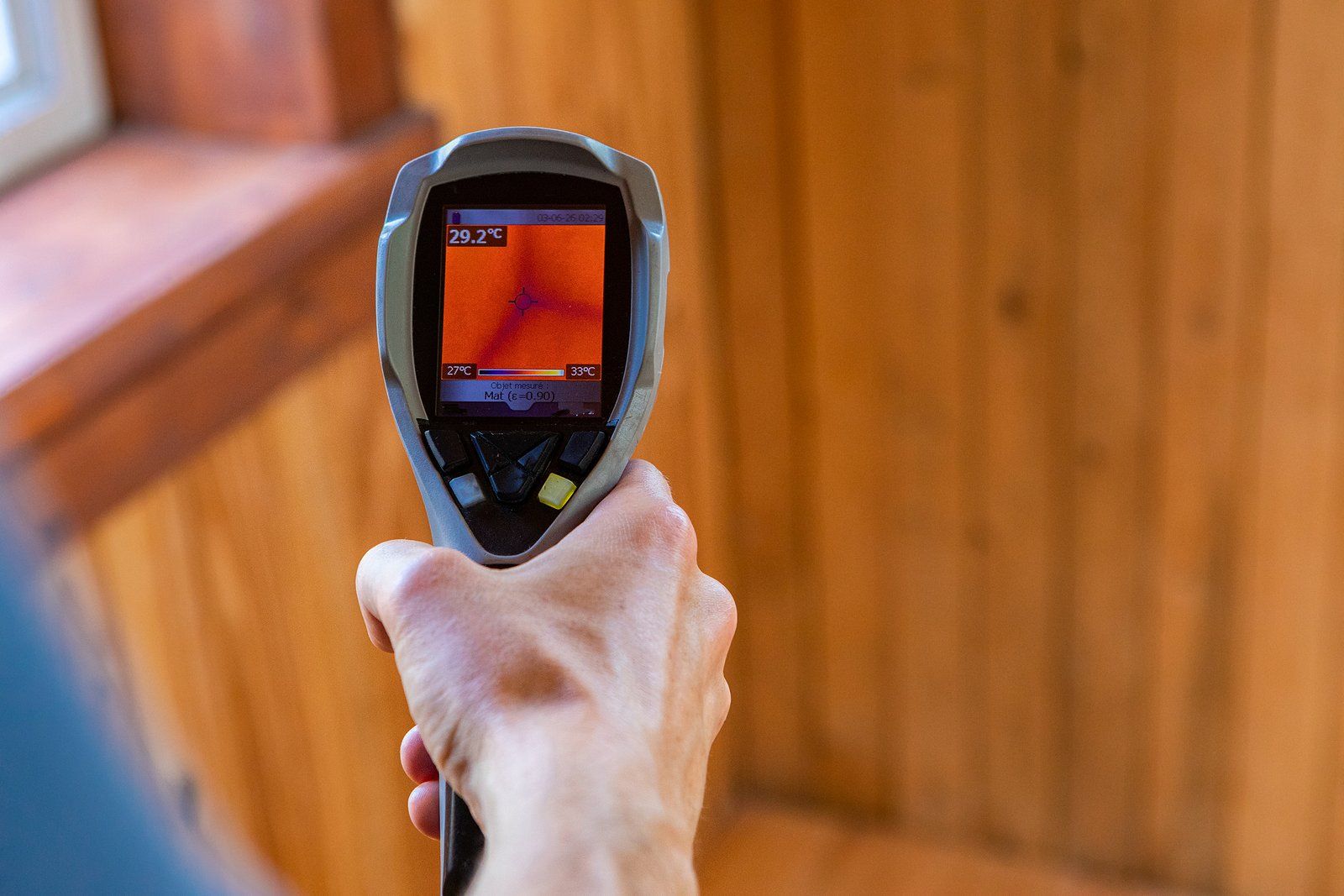Kitchen Remodeling
Inspire your inner chef with a great new cooking space!
Inspire your inner chef with a great new cooking space!
Kitchen Remodeling
Inspire your inner chef with a great new cooking space!
Kitchen Remodeling
HP Contact form
Thank you for contacting us.
We will get back to you as soon as possible.
We will get back to you as soon as possible.
Oops, there was an error sending your message.
Please try again later.
Please try again later.
Blogs

April 19, 2023
Understanding Radon Testing: What You Need to Know Radon is a colorless, odorless, and tasteless radioactive gas that can be found in homes and buildings. It is a natural byproduct of uranium decay in soil and rock and can seep into homes through cracks in foundations, walls, and floors. Long-term exposure to radon can be detrimental to health, as it is a leading cause of lung cancer, second only to smoking. Therefore, radon testing is crucial to ensure the safety of your home and loved ones. In this blog, we will delve into the basics of radon testing, including what radon is, why it is harmful, how it can enter your home, and the importance of radon testing. We will also discuss the different types of radon tests available, how to conduct radon testing, and what to do if you find elevated radon levels in your home. What is Radon? Radon is a radioactive gas that is formed from the natural decay of uranium in soil and rocks. It is a heavy gas that can easily accumulate in enclosed spaces, such as homes and buildings. Radon gas can enter homes through cracks in foundations, walls, and floors, as well as through well water. Once inside, it can accumulate and reach dangerous levels, posing a health risk to occupants. Why is Radon Harmful? Radon is harmful because it is radioactive and can break down into tiny radioactive particles that can be inhaled into the lungs. When these radioactive particles are inhaled, they can damage the cells lining the lungs, which can lead to the development of lung cancer over time. Radon exposure is a leading cause of lung cancer, responsible for thousands of deaths each year in the United States alone. How Does Radon Enter Homes? Radon can enter homes through various pathways, including: Soil: Radon gas can seep into homes through cracks in foundations, walls, and floors. Homes that are built on soil with high levels of uranium are more susceptible to radon infiltration. Well Water: Radon can dissolve in water and be released as a gas when water is used in the home, such as for showering or washing dishes. Radon in well water can also enter indoor air through faucets and other fixtures. Construction Materials: Radon can be released from construction materials, such as concrete and bricks, and enter indoor air. Importance of Radon Testing Radon testing is crucial because radon is a silent killer. It is odorless, tasteless, and invisible, making it impossible to detect without proper testing. Testing for radon is the only way to determine if radon levels in your home are elevated and posing a health risk to you and your family. If radon levels are found to be high, steps can be taken to mitigate the issue and reduce radon exposure, thus protecting your health and well-being. Types of Radon Tests There are two main types of radon tests: short-term tests and long-term tests. Short-term tests: Short-term tests are conducted over a period of 2-7 days and provide a quick snapshot of radon levels in a home. These tests are relatively inexpensive and easy to conduct, but they may not provide an accurate representation of year-round radon levels. Long-term tests: Long-term tests are conducted over a period of 90 days or more and provide a more accurate measurement of average radon levels in a home. These tests are typically more expensive and require more time to complete, but they provide a more comprehensive assessment of radon levels and are recommended for more accurate results.
